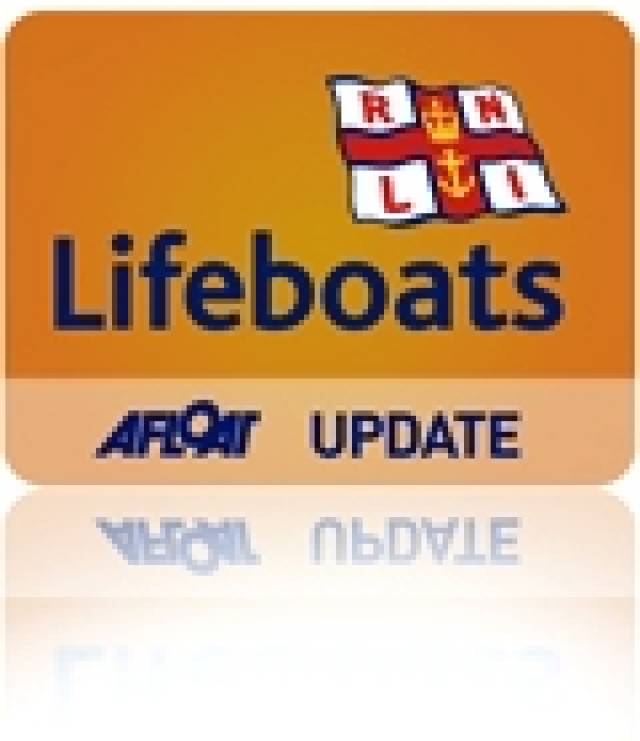#RNLI – Lifeboats at Dun Laoghaire were called out yesterday following a distress call from a yacht with a suspected fire on board.
The incident took place shortly after mid-day while a second call for a kitesurfer in difficulty was received soon afterwards.
The yacht had been on a sail-training trip with a skipper and six crew on board when a high-temperature alarm and smoke alerted the crew. Fire extinguishers were used on the engine compartment and the skipper notified the Irish Coast Guard's Marine Rescue Co-Ordination Centre in Dublin (MRCC Dublin).
The RNLI All-Weather lifeboat (ALB) and Inshore lifeboat (ILB) launched immediately and were quickly on scene in the harbour where the yacht had moored. The coastguard rescue helicopter from Dublin Airport and the Irish Lights vessel Granuaile also responded to the alert.
The lifeboat took the six crew-members off the 37-foot yacht while two RNLI crew-members boarded the casualty vessel to inspect for damage with the skipper. An over-heating engine was the suspected cause and the vessel was taken in tow to Dun Laoghaire marina where all crew members were brought ashore. Units of the Dublin Fire Brigade attended at the marina and checked the vessel. Nobody was injured in the incident.
Meanwhile, the ILB was diverted from the call to the sail-training yacht to a kitesurfer in difficulty off the South Bull Wall. The coastguard helicopter proceeded to the scene and spotted the casualty who had become separated from his board.
Although weather conditions were fine, a fresh Easterly breeze against the ebbing Spring tide had caused a moderate seaway and swell while the casualty was attempting the swim for shore. The ILB crew recovered the casualty and landed him at the beach beside the Pigeon House at Ringsend where he did not require medical attention.































































